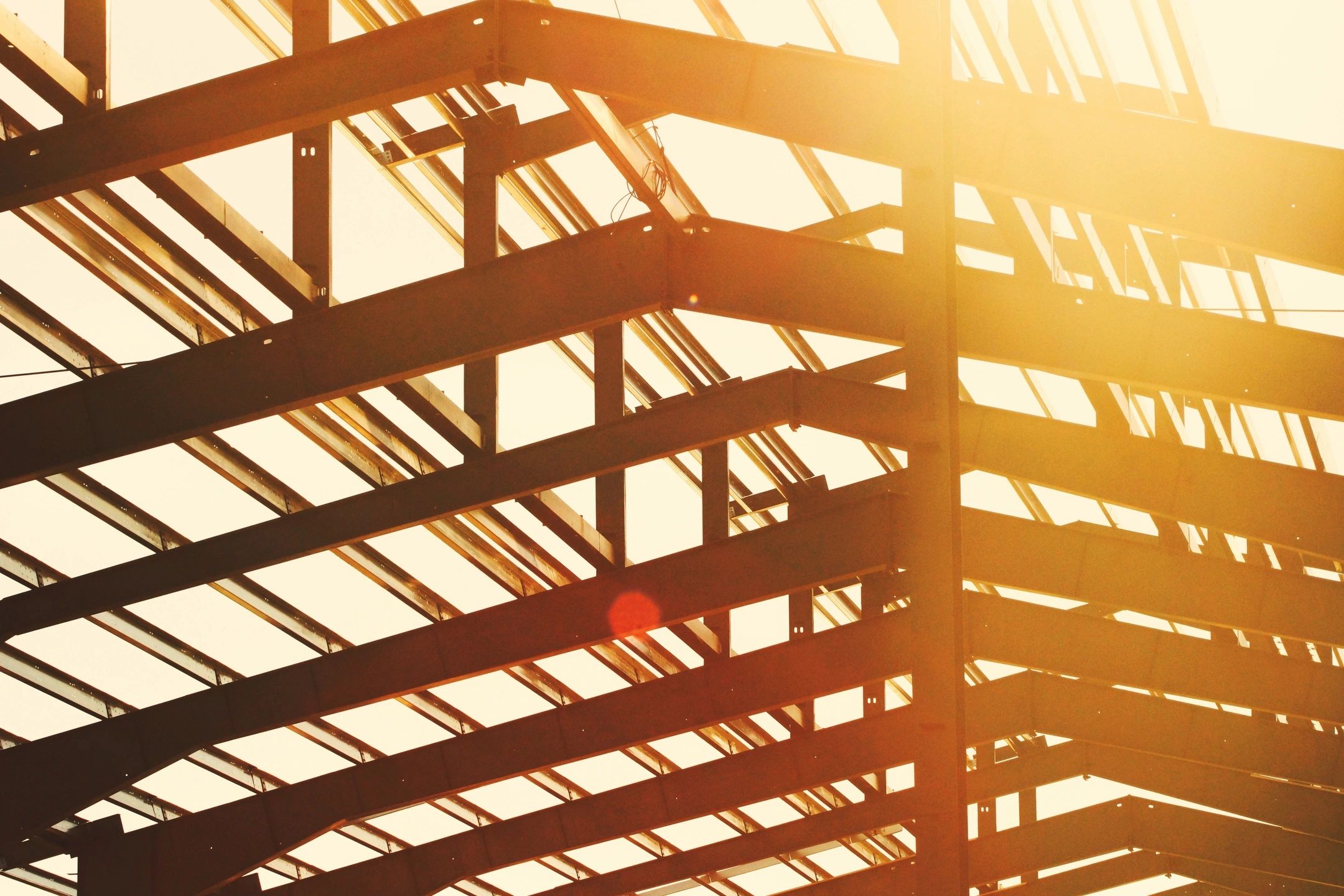Rental Property – Repairs or Capital Expense?

On 15 July 2024, the Australian Taxation Office (ATO) reminded rental property owners to correctly classify their deductions for repairs and improvements in their income tax returns. Proper classification is essential for compliance with tax regulations and to maximize tax benefits. Here’s a comprehensive guide to help you understand the differences between repairs, maintenance, capital expenses, and how to correctly categorize these in your tax returns.
Repairs and General Maintenance
Repairs and general maintenance are expenses incurred to fix or prevent defects, damage, or deterioration of a property used to earn rental income. These are typically ongoing and necessary to keep the property in a rentable condition. For example, if a tenant damages a wall and you need to fix it, or if the roof leaks and requires patching up, these expenses fall under repairs and maintenance.
Repairs aim to restore the property to its original condition and do not add significant value or extend the property’s life. Common examples include:
- Fixing plumbing leaks
- Repairing electrical fittings
- Replacing broken windows
- Mending fences
These expenses can be claimed as immediate deductions in the income year they are incurred.
Initial Repairs
Initial repairs refer to any work done to fix damage or deterioration that existed at the time of purchase of the property. These repairs are necessary to bring the property to a condition suitable for rental purposes. However, initial repairs cannot be claimed as immediate deductions. Instead, they form part of the acquisition cost and are included in the cost base of the property for Capital Gains Tax (CGT) purposes.
For instance, if you purchase a rental property with a damaged roof, and you knew about this issue before purchasing, the cost of repairing the roof is considered an initial repair. Even if you were unaware of the damage at the time of purchase, the expense still falls under initial repairs.
Capital Works
Capital works involve structural improvements, alterations, and extensions to the property. These expenditures are considered capital in nature and are claimed over time rather than as immediate deductions. Capital works can be claimed at a rate of 2.5% per year over 40 years. This includes:
- Building extensions (e.g., adding a new room)
- Structural improvements (e.g., adding a deck or a carport)
- Major renovations (e.g., completely refurbishing a kitchen or bathroom)
Capital works also include certain types of building construction and improvement costs that add to the property’s value or extend its life. Only after the work is completed can these expenses be claimed.
Structural Improvements or Renovations
Structural improvements or renovations are also classified as capital works. These include major upgrades or additions that significantly enhance the property’s value. Examples include:
- Constructing a new building on the property
- Substantial alterations to the building structure, such as converting a basement into a living area
- Upgrading the foundation or reinforcing the property’s structure
These improvements are capital expenses and should be depreciated over their effective life.
Repairs to an ‘Entirety’
Repairs to an ‘entirety’ involve the replacement or reconstruction of something separately identifiable as a capital item. These expenses cannot be claimed as repairs but must be treated as capital expenditures. An example is replacing the entire roof of a property or installing a new heating system. These are not merely restoring part of the property but replacing a whole structure or system.
Depreciating Assets
Depreciating assets are items that have a limited effective life and can be expected to decline in value over time. These include:
- Appliances (e.g., stoves, refrigerators)
- Furniture (e.g., beds, couches)
- Equipment (e.g., lawnmowers, tools)
Depreciating assets must be claimed as deductions over their effective life. The ATO provides guidelines on the effective life of different assets, which helps determine the annual depreciation amount that can be claimed. For example, a new stove might have an effective life of 10 years, allowing you to claim a portion of its cost as a deduction each year for 10 years.
ATO Guidelines and Recommendations
The ATO suggests that rental property owners review the Rental Repairs factsheet for detailed information. Ensuring accurate classification of expenses can save property owners from potential penalties and help them maximize their allowable deductions.
Proper record-keeping is crucial. Keep detailed receipts and documentation for all expenses incurred. This helps substantiate claims in the event of an audit and provides a clear record of the nature of each expense.
In summary, distinguishing between repairs, maintenance, and capital expenses is vital for rental property owners to ensure they comply with tax laws and optimize their tax returns. Repairs and maintenance can be claimed as immediate deductions, while initial repairs, capital works, and depreciating assets must be claimed over time. Understanding these categories and following ATO guidelines will help rental property owners manage their tax obligations effectively.
For more detailed information and guidance, property owners should consult the ATO’s Rental Repairs factsheet and consider seeking advice from a tax professional to ensure all expenses are accurately categorized and claimed.
Feel free to reach out to a member of the MaxGrowth team on 02 9267 4468 or contact@maxgrowth.com.au
Disclaimer: The following article provides general information and should not be considered as professional financial or legal advice. For specific advice regarding your business, consult with a qualified professional.


